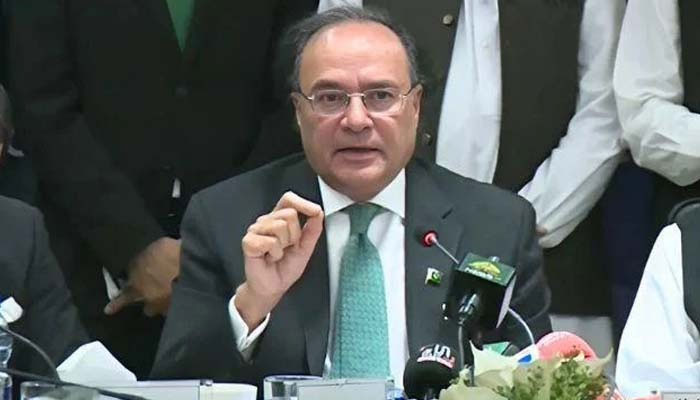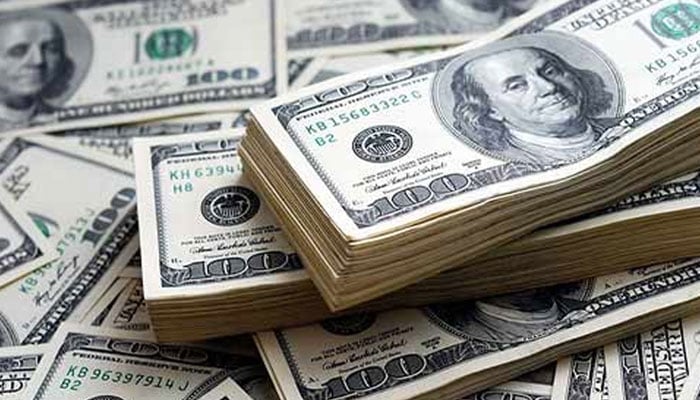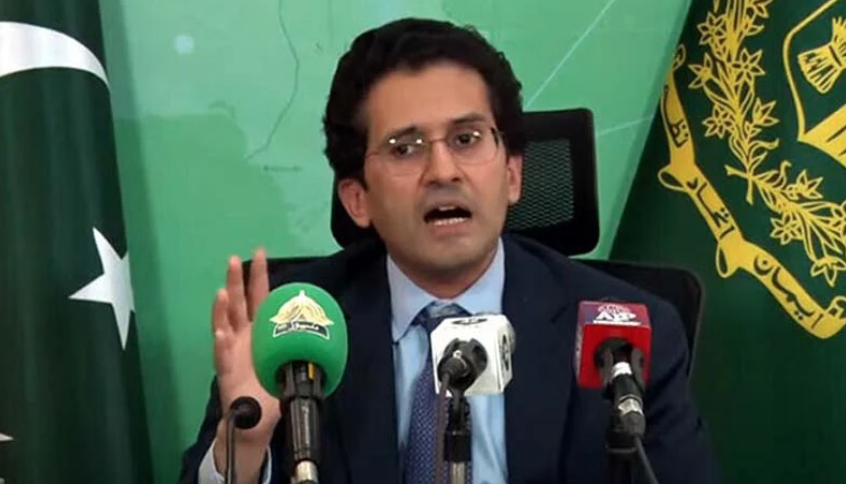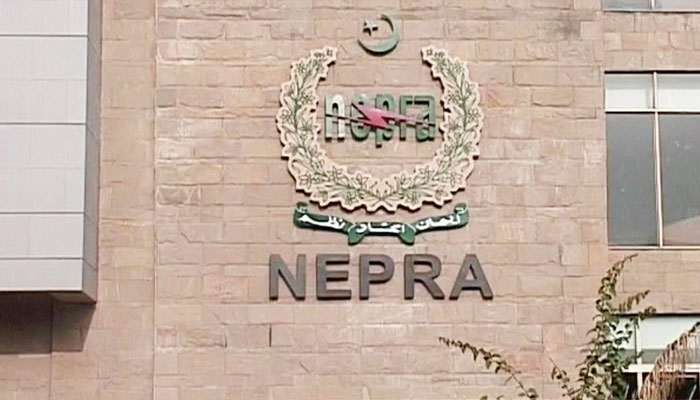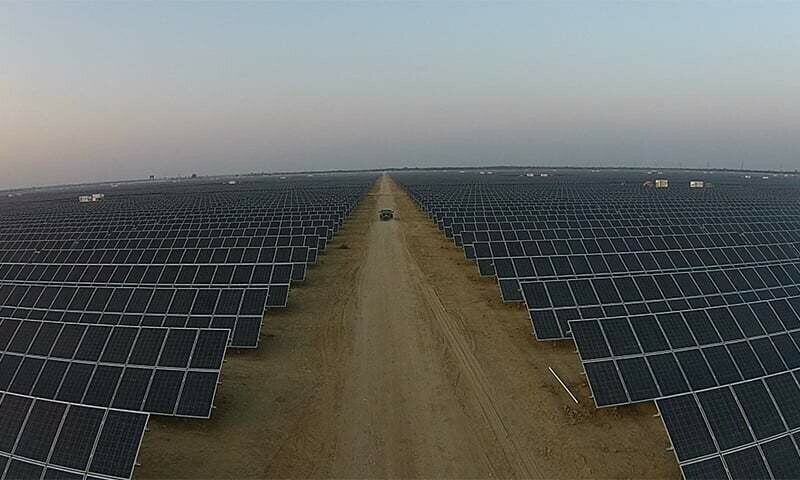TRADE & ECONOMY

Global credit rating agency Moody’s on Wednesday upgraded Pakistan’s local and foreign currency issuer and senior unsecured debt ratings to Caa1 from Caa2, while revising the country’s outlook from positive to stable.
The move reflects what Moody’s described as Pakistan’s “improving external position” and progress on reforms under the International Monetary Fund’s (IMF) Extended Fund Facility (EFF). The upgrade also applies to the Pakistan Global Sukuk Programme Co Ltd, whose outlook was similarly changed to stable from positive.
In its statement, Moody’s noted that Pakistan’s foreign exchange reserves have strengthened — rising to $14.3 billion as of July 25, 2025, compared to $9.4bn in August 2024 — supported by financing from bilateral and multilateral partners, including a $1bn IMF disbursement in May and a $1bn commercial loan from the Asian Development Bank in June.
The agency said the “stable” outlook reflected balanced risks: while further improvements in debt service and external profiles are possible, delays in reforms could undermine progress and weaken the country’s external position again.
Fiscal Improvements and Challenges
Moody’s also observed that Pakistan’s fiscal position is improving from very weak levels, with narrowing deficits and a growing primary surplus. It noted progress in revenue collection, including new taxes on solar panels and e-commerce, but highlighted that debt affordability remains among the weakest of rated sovereigns.
The agency forecasts Pakistan’s fiscal deficit to narrow to 4.5–5% of GDP in FY2026 from 5.4% in FY2025, assuming continued spending controls and reduced subsidies.
Risks and ESG Factors
While acknowledging the progress, Moody’s cautioned that Pakistan’s external financing needs remain high — around $24–25 billion annually in FY2026 and FY2027 — and reserves are still below the level needed to fully cover these obligations. The agency underscored the importance of sustained IMF programme implementation to secure ongoing financing.
On environmental, social, and governance (ESG) metrics, Pakistan scored poorly, with high vulnerability to climate change, low income levels, and weak governance indicators cited as persistent risks.
Government Response
Prime Minister Shehbaz Sharif welcomed the upgrade, calling it a reflection of the government’s economic policies moving in the right direction. Adviser to the Finance Minister Khurram Schehzad added that with this move, “all three top global rating agencies have now upgraded Pakistan’s ratings with stable outlook,” referencing earlier actions by Fitch and S&P Global Ratings.
Finance Minister Muhammad Aurangzeb had earlier expressed optimism over a potential upgrade, following improvements in Pakistan’s macroeconomic indicators and progress in meeting IMF benchmarks.
Moody’s last upgraded Pakistan’s rating in August 2024 from Caa3 to Caa2, with a positive outlook. This latest move places Pakistan one notch higher in the high-risk “Caa” category, indicating slightly reduced default risk while acknowledging significant ongoing challenges.
